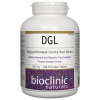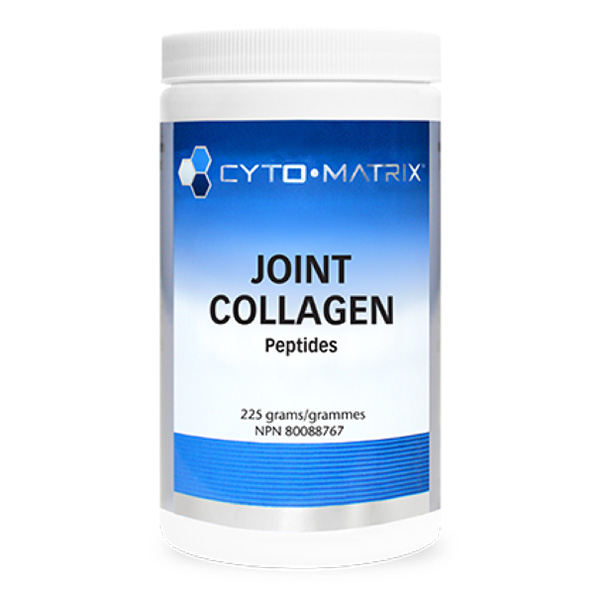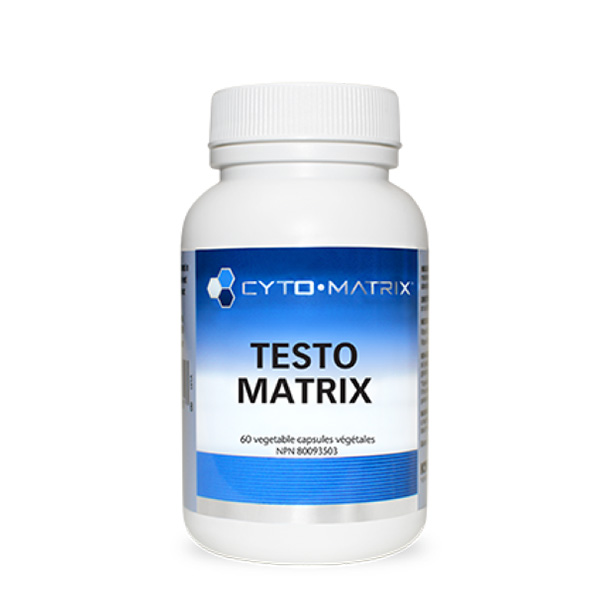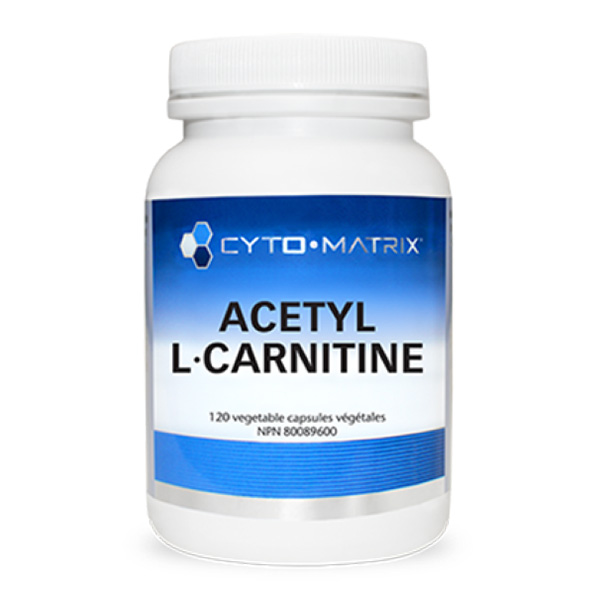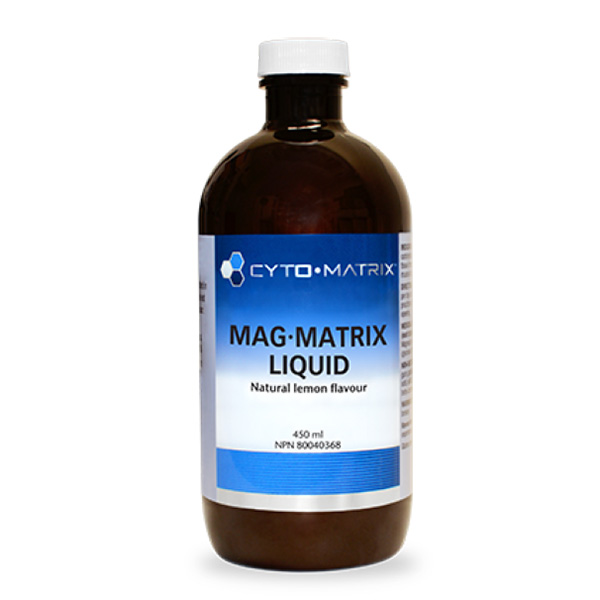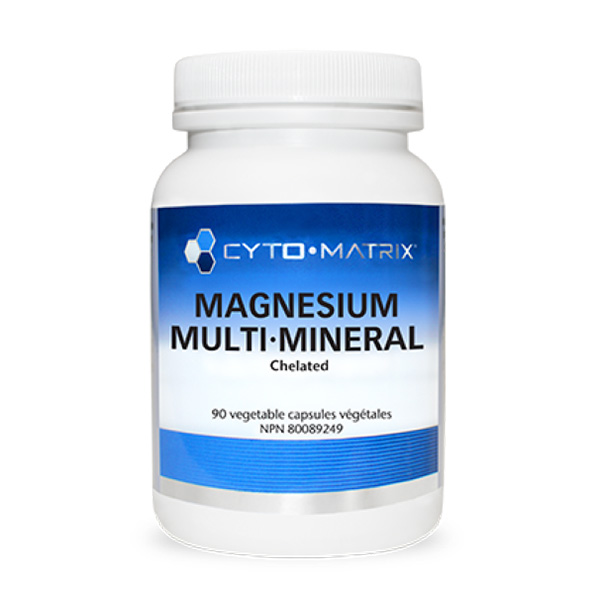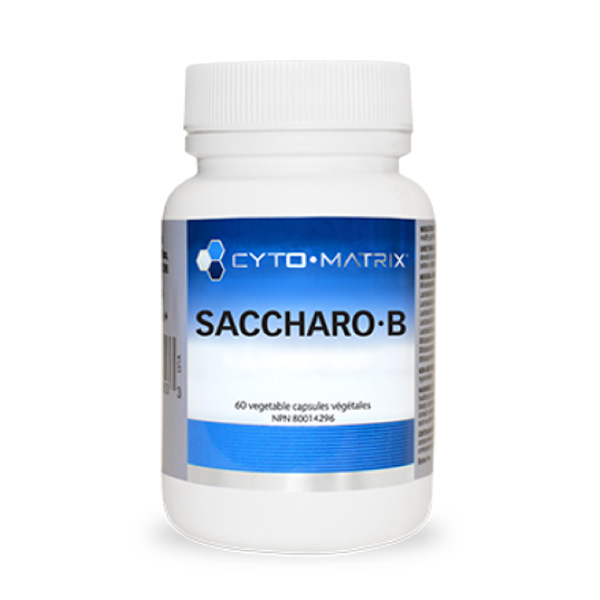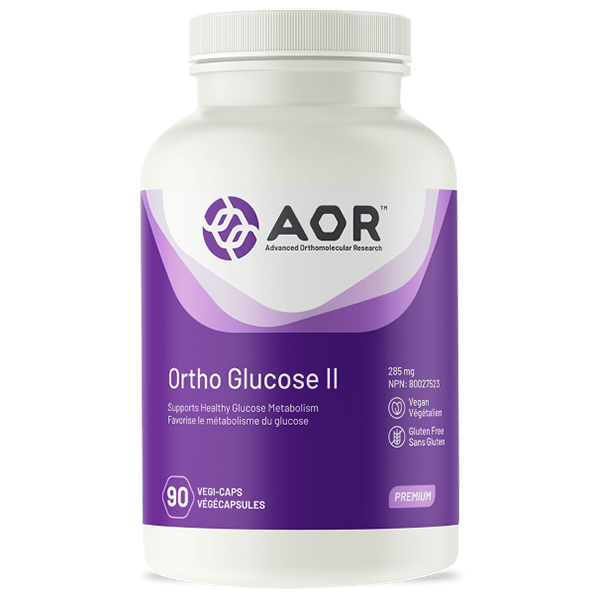Bioclinic – PEA
Palmitoylethanolamide
90 Vegetarian Capsules ( SKU: 9331, NPN: 80091469 )
Benefits
- For chronic pain relief
- Offers a natural source of PEA from non-GMO saffl ower oil
- Micronized for improved bioavailability
- Provides 400 mg PEA in each capsule, allowing for easyand clinically relevant dosing
- Suitable for vegetarians and vegans
Feature Summary
Medicinal Ingredients
| Each Capsule Contains: | |
| Palmitoylethanolamide (PEA) | 400 mg |
| PEA (palmitoylethanolamide) is a fatty-acid-like compound which is extracted from non-GMO safflower oil. Micronized for improved solubility and absorption. |
Non-Medicinal Ingredients
Vegetarian capsule (carbohydrate gum [cellulose], purified water), microcrystalline cellulose, vegetable grade magnesium stearate (lubricant), silica, stearic acid.
Allergens:
Contains no artificial colours, preservatives, or sweeteners; no dairy, starch, sugar, wheat, gluten, yeast, soy, corn, egg, fish, shellfish, animal products, salt, tree nuts, or GMOs. Suitable for vegetarians/vegans.
Recommended Use:
Recommended Adult Dose: 1 capsule 1–3 times per day or as directed by a health care practitioner.
Contraindications
No known contraindications exist, though safety during pregnancy and lactation has not been established.13
Drug Interactions
Currently there are no known drug interactions; PEA has been used in clinical trials as a stand-alone analgesic, as well as in conjunction with citalopram, pregabalin, gabapentin, amitriptyline, oxycodone, and duloxetine.
- Skaper, S.D., Facci, L., Barbierato, M., et al. (2015). N-Palmitoylethanolamine and neuroinflammation: a novel therapeutic strategy of resolution. Molecular Neurobiology, 52(2),1034–1042. PMID: 26055231
- Artukoglu, B.B., Beyer, C., Zuloff-Shani, A., et al. (2017). Efficacy of palmitoylethanolamide for pain: a meta-analysis. Pain Physician, 20(5), 353–362. PMID: 28727699
- Paladini, A., Fusco, M., Cenacchi, T., et al. (2016). Palmitoylethanolamide, a special food for medical purposes, in the treatment of chronic pain: a pooled data meta-analysis. Pain Physician, 19(2), 11–24. PMID: 26815246
- Skaper, S.D., Facci, L., et al. (2012). Mast cell-glia axis in neuroinflammation and therapeutic potential of the anandamide congener palmitoylethanolamide. Philosophical Transactions of the Royal Society of London Series B, Biological Sciences, 367(1607), 3312–3325. PMID: 23108549
- Rinne, P., Guillamat-Prats, R., Rami, M., et al. (2018). Palmitoylethanolamide promotes a proresolving macrophage phenotype and attenuates atherosclerotic plaque formation. Arteriosclerosis, Thrombosis, and Vascular Biology, 38(11), 2562–2575. PMID: 30354245
- Petrosino, S.&Di Marzo, V. (2017). The pharmacology of palmitoylethanolamide and first data on the therapeutic efficacy of some of its new formulations. British Journal of Pharmacology, 174(11), 1349–1365. PMID: 27539936
- Gatti, A., Lazzari, M., et al. (2012). Palmitoylethanolamide in the treatment of chronic pain caused by different etiopathogenesis. Pain Medicine, 13(9), 1121–1130. PMID: 22845893
- Keppel Hesselink, J.M. &Kopsky, D.J. (2015). Palmitoylethanolamide, a neutraceutical, in nerve compression syndromes: efficacy and safety in sciatic pain and carpal tunnel syndrome. Journal of Pain Research, 8, 729–734. PMID: 26604814
- Marini, I., Bartolucci, M.L., et al. (2012). Palmitoylethanolamide versus a nonsteroidal anti-inflammatory drug in the treatment of temporomandibular joint inflammatory pain. Journal of Orofacial Pain, 26(2), 99–104. PMID: 22558609
- Ghazizadeh-Hashemi, M., Ghajar, A., et al. (2018). Palmitoylethanolamide as adjunctive therapy in major depressive disorder: A double-blind, randomized and placebo-controlled trial. Journal of Affective Disorders, 232, 127–133. PMID: 29486338
- Strobbe, E., Cellini, M., &Campos, E.C. (2013). Effectiveness of palmitoylethanolamide on endothelial dysfunction in ocular hypertensive patients: a randomized, placebo-controlled cross-over study. Investigative Ophthalmology &Vision Science, 54(2), 968–973. PMID: 23307959
- Gagliano, C., Ortisi, E., Pulvirenti, L., et al. (2011). Ocular hypotensive effect of oral palmitoyl-ethanolamide: a clinical trial. Investigative Ophthalmology &Vision Science, 52(9), 6096–6100. PMID: 21705689
- Nestmann, E.R. (2016). Safety of micronized palmitoylethanolamide (microPEA): lack of toxicity and genotoxic potential. Food Science Nutrition, 5(2), 292–309. PMID: 28265364
Related Documents
| Weight | 0.1 kg |
|---|


